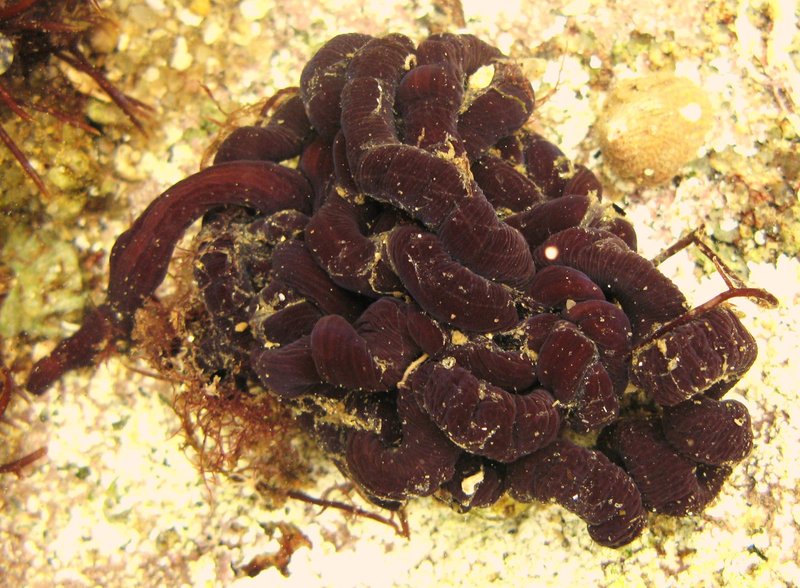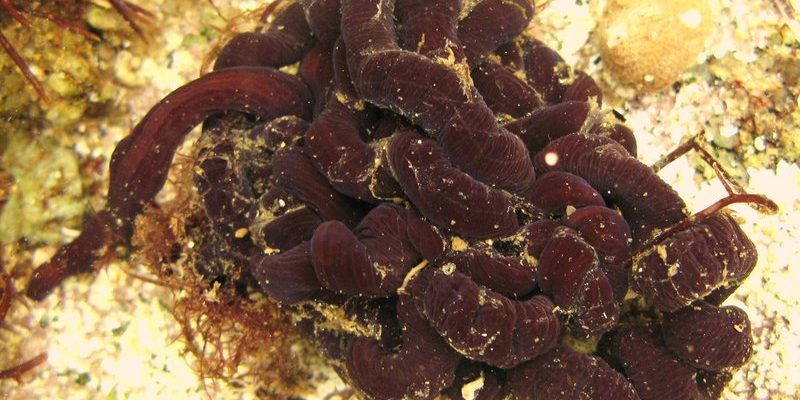
Just like how we categorize animals into species, families, and classes, scientists have a system for organizing bootlace worms. They help us understand the relationships and characteristics of these remarkable creatures. It’s like piecing together a puzzle where every part has its unique shape and color. Understanding how bootlace worms fit within the larger *Nemertea* group helps us appreciate their biology, habitats, and roles in their ecosystems.
What Are Bootlace Worms?
Bootlace worms are members of the *Nemertea* phylum, often recognized for their striking size and unique behaviors. Most species can be found in marine environments, and they can grow surprisingly long—up to 30 meters in some cases! Just picture a long, squiggly noodle floating through the water. These worms are often brightly colored, with hues of purple, orange, or even green, making them stand out in their surroundings.
But what makes bootlace worms particularly interesting is their **body structure**. They have a simple yet efficient system that includes a long, slender body and a specialized proboscis, which they use for hunting prey. This proboscis can shoot out quickly to snag unsuspecting small fish or plankton. Bootlace worms are like the ninjas of the sea—stealthy and swift!
Classification of Bootlace Worms
Now, let’s get into how these fascinating creatures are classified within *Nemertea*. The classification system starts broadly and gets more specific. Bootlace worms fall under several taxonomical categories:
- Domain: Eukarya (organisms with complex cells)
- Kingdom: Animalia (multicellular organisms)
- Phylum: Nemertea (the ribbon worms)
- Class: Enopla (characterized by their retractable proboscis)
- Order: Nemertea (includes various families and species)
Here’s the thing: understanding these categories is essential for identifying and studying bootlace worms. Each level of classification provides insights into their evolutionary relationships and how they interact with their environment.
Key Characteristics of Nemertea
Bootlace worms and their relatives in *Nemertea* share some pretty cool characteristics. These include:
1. **Soft-bodied**: Unlike many worms, bootlace worms don’t have hard exoskeletons. Their soft bodies allow for flexibility in movement.
2. **Proboscis**: As mentioned earlier, the proboscis is a standout feature. It can extend rapidly to capture prey, making them effective hunters.
3. **Coelomate**: Bootlace worms have a body cavity (coelom) that helps them transport nutrients and waste efficiently. This is crucial for their metabolism and overall health.
These traits not only make them unique but also showcase their adaptability in various marine environments. Understanding these characteristics allows scientists to study their ecology and the impact they have on their habitats.
The Role of Bootlace Worms in Their Ecosystem
You might be wondering why bootlace worms matter in the grand scheme of things. Well, they play a crucial role in their ecosystems. Here’s how:
– **Prey and Predator**: Bootlace worms are both predators and prey in their aquatic environments. They help control populations of small marine creatures while also serving as food for larger species.
– **Nutrient Cycling**: As they feed, bootlace worms contribute to nutrient cycling in the sediment. This process is vital for maintaining healthy ecosystems, as it helps recycle materials back into the food web.
– **Indicator Species**: Because they are sensitive to environmental changes, bootlace worms can serve as **indicator species**. Scientists study their populations to assess the health of marine habitats.
Maintaining a balance in their ecosystems is essential for overall marine health, and bootlace worms are a part of that intricate web of life.
Challenges in Classifying Bootlace Worms
Classifying bootlace worms can be tricky, and here’s why. With so many species and the ability to adapt to various environments, it can be hard to pin down specific categories. Some challenges include:
– **Similarities with Other Worms**: Bootlace worms often share characteristics with other worms, like flatworms and segmented worms. This can lead to confusion in identification.
– **Genetic Variability**: Genetic differences can make it difficult to classify species accurately. They may look similar to the naked eye but have different genetic makeups.
– **Limited Data**: Some areas are still under-researched, which means that classifications can change as new discoveries are made.
These challenges highlight the ongoing work scientists face in understanding and classifying the diverse world of *Nemertea*.
Conservation Status and Future Research
As with many marine creatures, bootlace worms face threats from habitat destruction and pollution. Their delicate environments are being impacted by human activities, leading to concerns about their populations. And while we’ve learned a lot, there’s still much more to discover.
Future research into bootlace worms and other *Nemertea* species will be crucial for conservation efforts. By gaining a deeper understanding of their lives and habitats, scientists can better advocate for actions to protect them.
So, if you ever find yourself on a beach or shoreline, take a moment to appreciate the beauty of bootlace worms and their vital role in our oceans.
In conclusion, understanding how bootlace worms are classified in *Nemertea* is like following a fascinating story through the animal kingdom. By breaking down their classification, characteristics, and ecological roles, we gain insights into not just these mysterious creatures, but the intricate webs of life in our oceans. Conservation and research will play a significant part in ensuring that these fascinating organisms continue to thrive in our world.

